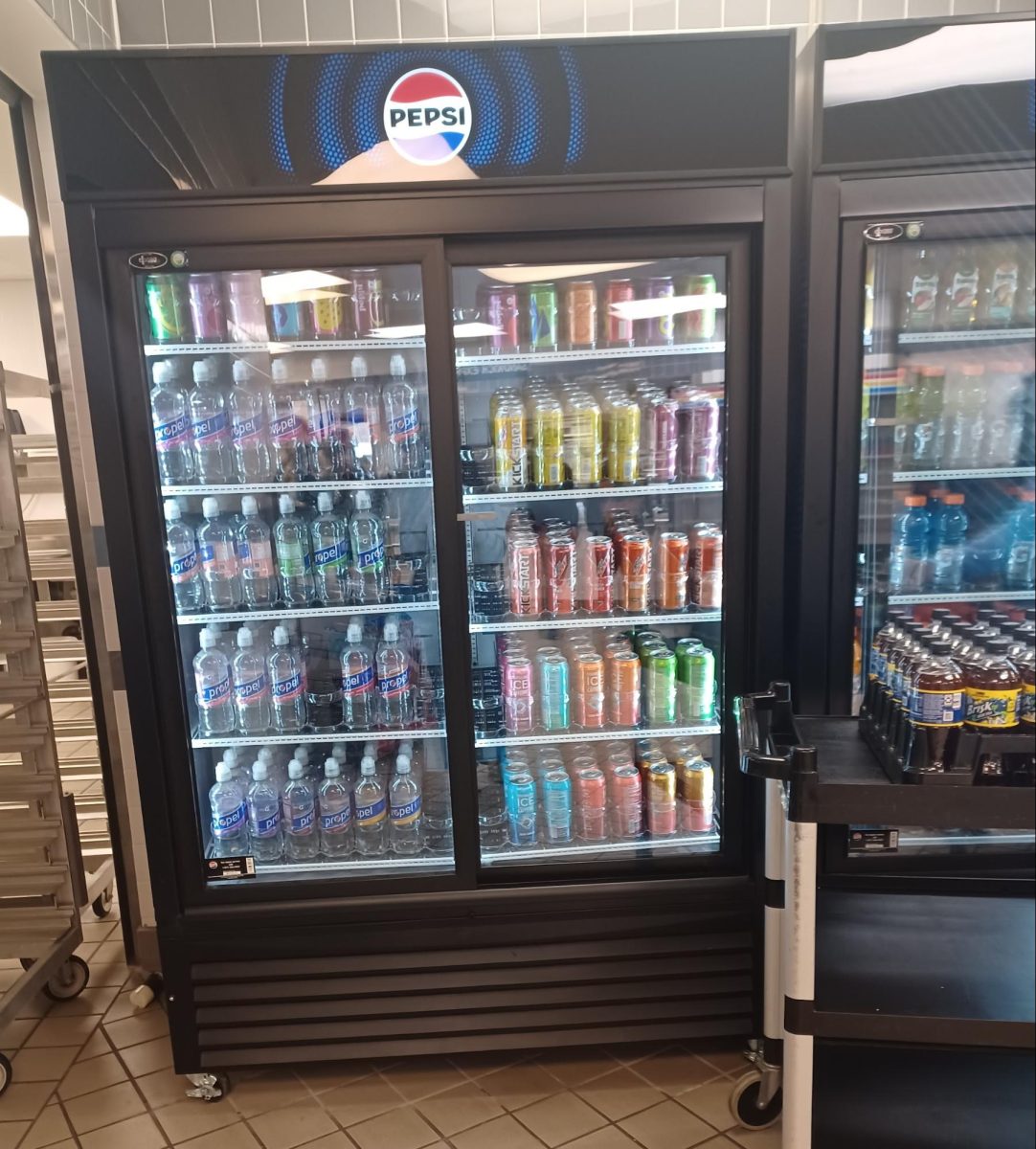
By Emily Gulanczyk and Alex Vickery, Editors
Senior Jake Ginther was driving home from filming the girls’ varsity basketball game in Elmhurst. The area was very busy because it was downtown, and almost all the intersections were four-way stops. Ginther was pulling up to an intersection to turn left and thought the stop sign was a four-way stop.
Unfortunately, the crossing traffic did not have to stop, and when Ginther went to turn left, he hit an oncoming car that was going 35 miles per hour, and the accident happened in the blink of an eye.
“I just looked up, and our cars were stopped and the air bags went off. I was shocked. I called my mom,” Ginther said.
Luckily for the two people involved, the only injuries were to the cars. The front of Ginther’s car was smashed, along with his bumper, right headlight, right clearance light and windshield, and the radiator was busted. The other driver’s right headlight was slightly smashed.
Sadly, accidents are an inevitable part of driving. Every day, 11 teenagers die in car crashes. Car crashes are the number one cause of death for people under the age of 20, topping alcohol, drugs, violence and suicide, according to All State’s Keep The Drive.
Sixteen-year-old drivers are twice as likely to be in a fatal car accident as adults, and about three times as likely as a 17 year old. The reason is simple: young drivers lack experience. Many factors contribute to the number of teen accidents, including inadequate driving skills, excessive night driving, more risk-taking behavior, poor decision-making and judgment skills, and distractions, according to the National Highway Traffic Safety Administration.
To try to reduce the number of deaths and accidents, 46 states, including Illinois, have passed legislation to create a three-step system that is proven to be effective. Recently, studies have found that the Graduated Driver Licensing system has reduced accidents by up to 26 percent in some states.
“[I think it’s a good thing] because anytime there’s more experience involved, it pays off in a positive way. People get more information on how to drive correctly, and it’s a positive step if we can save lives,” drivers’ education teacher Brian Willis said.
GDL has three stages. Stage one: Learner’s Permit. Stage two: Intermediate (Provisional) License. Stage three: Full Licensure. During stage one, aspiring drivers must pass vision and knowledge tests, including rules of the road, signs and signals. Drivers must also obtain 30 to 50 practice hours with a licensed adult who is at least 21 years of age or older.
In stage two, drivers must pass driver education training and a behind the wheel road test.
In the last stage, drivers have a lot of freedom but also a lot of responsibility on the roads. The difference between stage two and stage three are simple restrictions, like not having more than one additional person in the car and having a licensed adult in the vehicle from 10 p.m. to 5 a.m., normal nighttime restrictions. All the steps have a zero tolerance policy for alcohol, and severe consequences are implemented for offenders.
At four times more likely than older drivers, teen drivers are at the highest risk to crash. The GDL law aims to lower teen crash rates and the studies are proving it. In a study done by the AAA Foundation for Traffic Safety, they estimated that Illinois’ new GDL law could reduce fatal crashes involving 16-year-old drivers by 38 percent. Nationwide, Johns Hopkins University reported that fatal accidents involving 16-year-olds have been reduced about 20 percent.
“I’m glad to see the system is working,” School Resource Officer Keith Gardner said.
Keep The Drive says that speeding and small errors are the reason for most of the fatal teen car accidents. Speeding plays a huge part in teen driving deaths. Almost 40 percent of fatal teen crashes are due to speeding, and 87 percent of teens admit to speeding.
Distractions are also to blame. Around 80 percent of crashes involve some form of driver inattention three seconds before the crash. One of the actions that increases someone’s chances of crashing is reaching for a moving object within the car. It increases the risk by nine times.
Adverse conditions are also to blame for student accidents. Many students aren’t prepared or don’t feel comfortable driving in the snow, rain and ice. A year-long study done by the AAA Foundation for Traffic Study and the University of North Carolina Highway Safety Research Center found that 47 percent of parents said that there was at least one driving condition they felt their student wasn’t able to handle. One in five said they didn’t think their teen was ready to drive alone in the rain.
“Driving in snow is scary because you don’t have any control,” senior Veronica Seawall said. “All together, teens don’t have that much experience of driving, but they have even less experience driving in the snow.”
Teens are among the highest risk of getting into fatal accidents. They may think that having so many requirements is over the top, but if implementing the GDL system can save so many lives, it’s worth the wait to get a license.
“Be aware of your surroundings. Never, ever be too comfortable while driving,” Ginther said.







